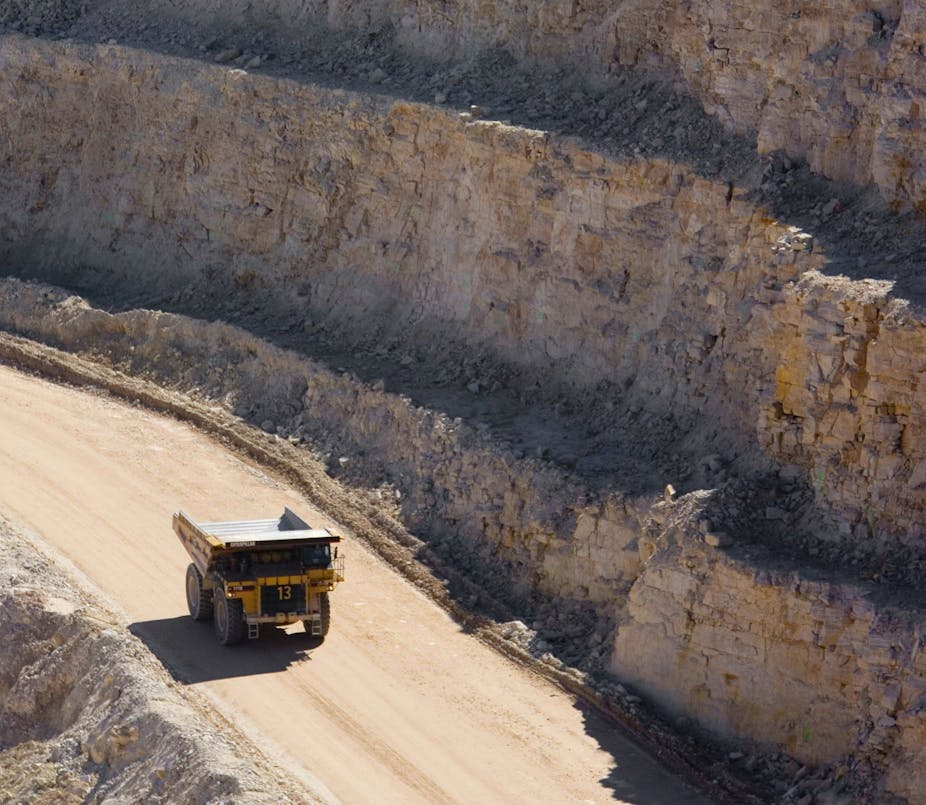The purchase of 43 farms in northern NSW by a state-controlled Chinese mining company has prompted calls this week for tougher restrictions on foreign investment.
Greens leader Bob Brown, independent Senator Nick Xenophon and Nationals Senator Barnaby Joyce have all called for a review of foreign investment rules. The Coalition has announced its own investigation into the issue.
But in a speech last night, Treasury secretary Martin Parkinson called for caution, arguing that “the issue around whether foreign ownership, whether it’s of the mining sector or of agricultural sector, has to be handled quite carefully.”
Large foreign investments, and those involving entities controlled by foreign states, are assessed by the Foreign Investment Review Board, which determines whether the transaction is in the national interest.
However, critics of the FIRB continue to argue its decision-making process is opaque and the definition of what complies with the national interest test is difficult to pin down.
Do the rules need to change?
Foreign direct investment is being undertaken in a rapidly changing and uncertain global environment where the regulatory framework for global investment itself needs reviewing. This is shown by the ongoing issues relating to the global financial crisis, and ever-increasing environmental pressures.
Accordingly, Australia needs to review its own foreign investment rules. Regulation in Australia of foreign investment remains ultimately at the discretion of the Treasurer, and stands out as discriminatory by contrast with other OECD countries.
Yet apparently, overall direct foreign investment in Australia is little impeded by regulation.
Australia should recognise that its relatively small economy and resource intensity present it with specific problems in regards to the consequences of foreign investment, particularly in terms of cultivating industrial diversity and competition in markets, and natural resource sustainability issues.
What changes should be made?
A starting point would be to lower the threshold (currently $231 million for a non-government buyer) at which private investment bids are scrutinised and bring the thresholds for public and private foreign investment into line.
This would help address the issue of the role of foreign governments in investment regardless of whether it is apparently private or public. The benefits of the increased scrutiny required are likely to outweigh the administrative costs.
The National Interest test is currently pretty arbitrary and vague, however, it is not clear that a stricter set of criteria would be any less subject to (geo) political considerations in the long term as governments come and go.
Benefit could come from the onus being moved to the potential investor initially to put the case for the investment being in national interest and not contrary to it. This is counter to the current situation in which the government decides if the investment is contrary to the national interest.
The need for greater transparency
The existing secrecy should be replaced with transparency regarding the reasons for the decision. This would help future investors in offering more certainty with regard to the success of investment proposals. It is also the least the Australian public should expect.
The purchase of natural resources including land merits scrutiny particularly from the point of view of sustainability.
The scrutiny should include a full evaluation of all input requirements and possible end uses, whether from agriculture or mining, and both local and national impacts. We have to ensure that benefits of investment are not mainly captured elsewhere leaving Australia to bear the costs.
The need to be sustainable
As natural resources are largely semi or non-renewable, close attention needs to be paid to the property rights implied by acquisition and ownership, whether foreign or indeed domestic. Policy may be seen as unfolding in this area.
A principal argument for a resource price is that it should capture the loss of benefits to future generations which would result from exhaustion. This needs to apply to land also.
The property rights should include responsibility for sustainable land and environmental management that addresses the market failure.
Domestic and international: is there are level playing field?
The issue of the allocation of resource rents applies regardless of whether the resource ownership is domestic and or international.
The concern, in the first instance, is that all the conditions that apply to domestic ownership also apply to foreign ownership.
There should be a level playing field for resource owners, and this includes land ownership.
In practice the concern is that domestic ownership comes with much greater information and fiscal and other control than is available with respect to international ownership.
This inequity is not insurmountable, and need not deter foreign investors.
I doubt that it would deter Chinese or other foreign investor interest. The interest in Australia is due to its unique position in terms of natural resource abundance, geographical location and its relatively high level of human capital.

